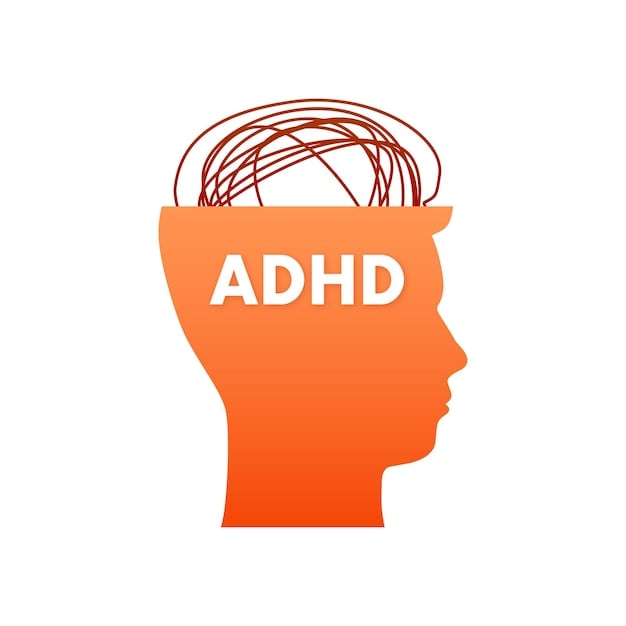

Basically, model collapse happens when the training data no longer matches real-world data
I’m more concerned about LLMs collaping the whole idea of “real-world”.
I’m not a machine learning expert but I do get the basic concept of training a model and then evaluating its output against real data. But the whole thing rests on the idea that you have a model trained with relatively small samples of the real world and a big, clearly distinct “real world” to check the model’s performance.
If LLMs have already ingested basically the entire information in the “real world” and their output is so pervasive that you can’t easily tell what’s true and what’s AI-generated slop “how do we train our models now” is not my main concern.
As an example, take the judges who found made-up cases because lawyers used a LLM. What happens if made-up cases are referenced in several other places, including some legal textbooks used in Law Schools? Don’t they become part of the “real world”?






Look up stuff where? Some things are verifiable more or less directly: the Moon is not 80% made of cheese,adding glue to pizza is not healthy, the average human hand does not have seven fingers. A “reasoning” model might do better with those than current LLMs.
But for a lot of our knowledge, verifying means “I say X because here are two reputable sources that say X”. For that, having AI-generated text creeping up everywhere (including peer-reviewed scientific papers, that tend to be considered reputable) is blurring the line between truth and “hallucination” for both LLMs and humans